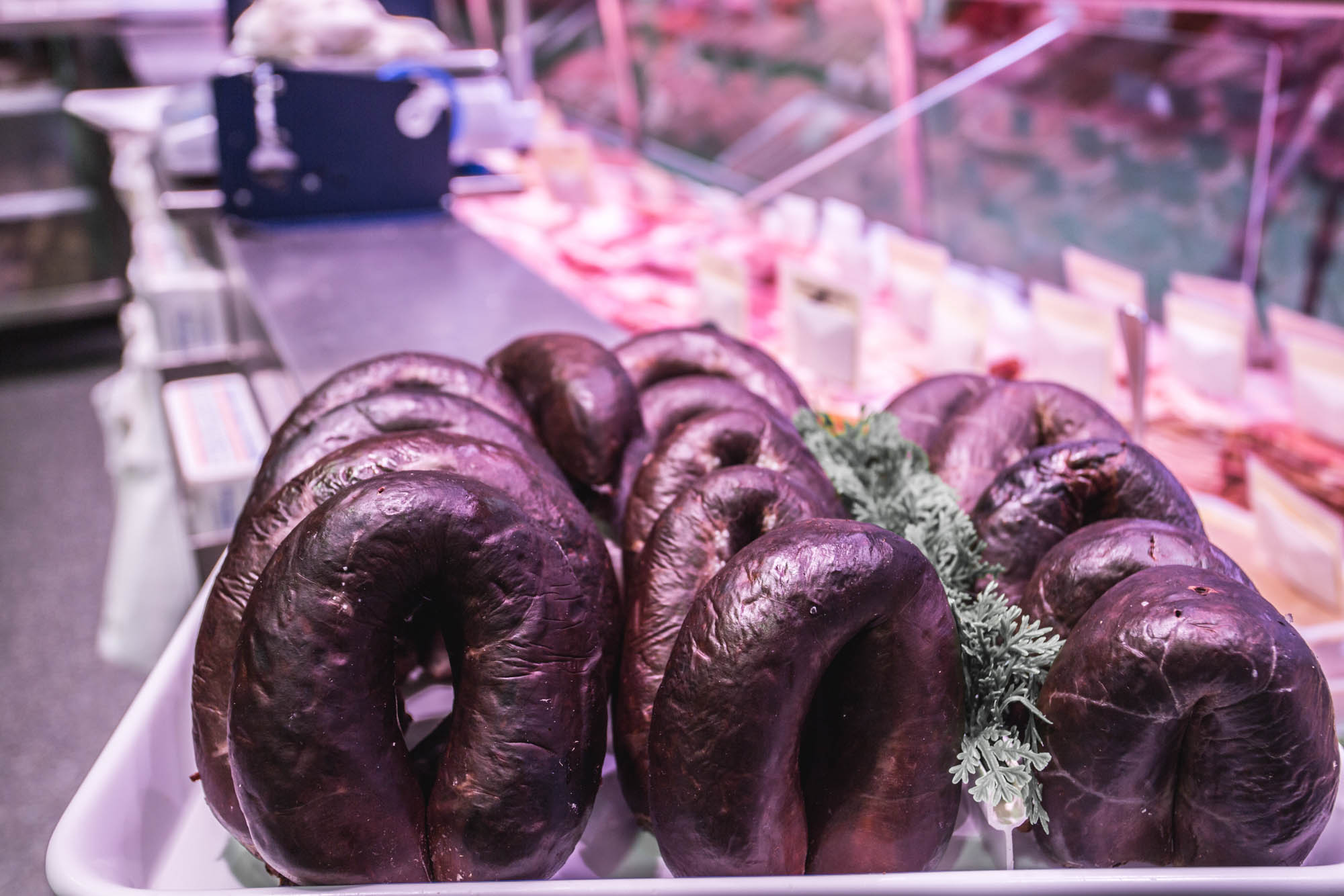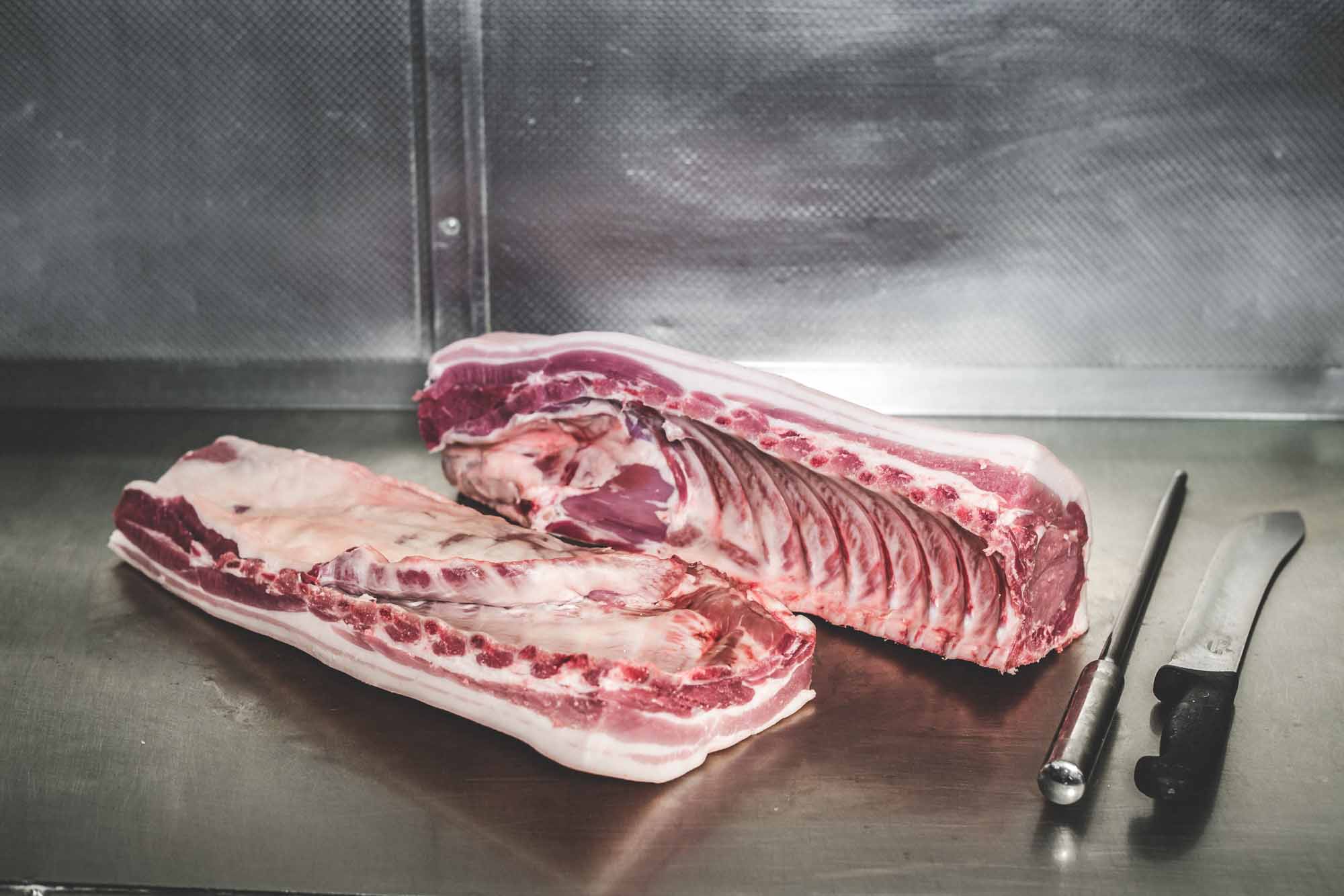The Trump inspired trade war between the US and China could offer opportunities for EU pork producers according to Iain McDonald, economics analyst with Quality Meat Scotland.
Mr McDonald said it was an example of the ’significant trade volatility which can affect agricultural commodities when measures are aimed at unrelated industries’.
The recent trade conflict began in February with US President Donald Trump imposing tariffs on imports of steel and aluminium products to the US.
China failed to gain an exemption to these new tariffs and immediately retaliated by increasing tariffs on 128 US products with an annual value similar to its steel and aluminium trade.
“Since April 2, 120 of these products have faced an additional 15 per cent tariff on top of the current tariff, while eight products are now subject to an additional 25 per cent tariff,” said Mr McDonald.
“US pork falls under the latter category, meaning Chinese importers now have to pay a 37 per cent or 45 per cent tariff on top of the price charged by the US exporter, compared to 12 per cent or 20 per cent previously.”
To meet the new tariffs US producers would need to drop prices by 18 per cent if they were to remain competitive.
Volumes delivered in early 2018 suggest that over a year, this could work out at a revenue reduction of around $50m or around $2 per pig processed. China is the fifth biggest export market for US pork.
“This context may help explain the 8 per cent fall in US farmgate prices in the week that the tariff increase came into force,” added Mr McDonald.
“If the US finds it harder to sell pork into China as a result of the additional tariff, EU exporters will be well-placed to compete. Whereas the US had increased its exports to China in early 2018 by 10 per cent, EU shipments were down 10 per cent.
“If EU exporters can regain market share in China from the US, this would be likely to place some upwards pressure on farmgate pig prices across the EU.
“Given the EU Commission has forecast EU pigmeat production will be 0.8 per cent above 2017 levels and 2.6 per cent ahead of its 2013-17 average, this trade dispute could come at a good time for EU pig producers.”
Impact on the market
A second round of Chinese retaliatory tariffs on imports from the US, up to a value of about $50bn has now been announced.
Beef is included but no date of implementation has been set.
Based on a similar calculation to that for pork, if these tariffs were to enter force, it could result in US beef exporters foregoing as much as $12m in revenue to remain competitive in the Chinese market.
However, more positively for the US beef industry, Japan’s special safeguard clause which had raised the tariff on imported frozen beef from countries lacking a trade partnership with Japan has come to an end.
After Japanese imports exceeded a threshold level in the first quarter of 2018, the tariff on frozen beef was automatically increased to 50 per cent in August 2017. At the beginning of April, it was lowered back to 38.5 per cent.










